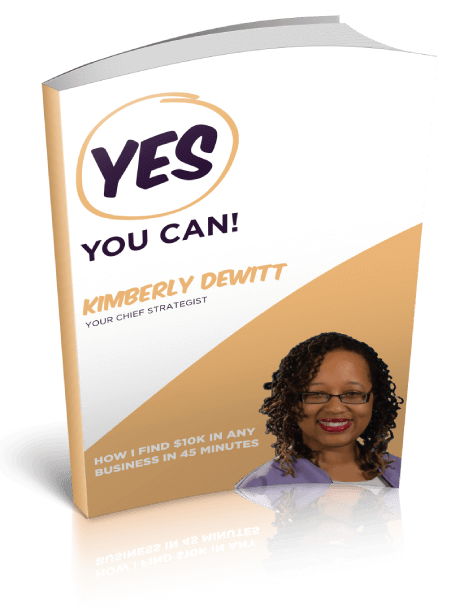The concept of minding your own business means that while you are grinding away at your day job you need to be investing in your future and minding your own business. Pretty soon you’ll be able to walk away from that day job and mind your own business full time.
The best way to do this is through the acquisition of real
estate.
Let’s take a quick look at where you are losing all your
money-taxes. Taxes have been around since 1913 in the U.S. (earlier in England).
While the original intention was to only tax the wealthiest of the population,
obviously that’s trickled down to the masses, including those in poverty.
Now, keep in mind the more money you make the more taxes you
pay. The wealthy know a way of getting around this-form a corporation.
Corporations offer tax benefits and protect you from lawsuits. To learn more
about this talk with one of our business coaches or your attorney.
We’ve all heard the golden rule of: Pay Yourself First.
But many of us don’t do it. Until you learn and put this rule
into effect, you won’t have any chance of getting out of the rat race. What
this rule does is force you to come up with more income to pay your expenses.
There are some key areas of finance you should learn about,
taking classes is one of the best ways to do this. Here are the basics you
should learn:
Accounting
It pays to know how to read
financial statements. When acquiring businesses or assets you need to quickly
see the financial standing of the company you are acquiring.
Many grown adults do not know how
to balance a balance sheet. In the long term, this knowledge will pay off for
you and your business.
Investment Strategy
This skill will sharpen with
experience. Talk to investors and observe how they play the game.
Market Behavior
Know the laws of Supply and
Demand. No business owner can do without understanding these basic principles
of the market. Bill Gates saw what people needed. Open your eyes to
opportunities. Look at what sells and who buys.
Law
Do everything you can to grow your
business within legal boundaries. Know your corporate, state, and accounting
laws.
Once you know these areas of
finances you can make them work for you. The rich practically invent money. You
have to know where to find a great deal. Let’s continue with real estate. Look
for houses in trouble or find the court in your area that handles foreclosed,
police impound or other real estate situations. You can either renovate and
sell or rent for residual income.
So, essentially there are two main
types of investors:
- Those
who buy pre-packaged investments
- Those
who create their own investments
You know which are the most
successful. In order to be one of those people you need to know what to look
for and how to respond.
You must:
- Find a
good deal other people have missed.
- Raise
the capital needed for the transaction.
- Put
together a high-performing team to execute the plan.
There is risk involved in every
acquisition. The goal is not to avoid the risk, but to respond to the risk with
confidence and a steady hand.
If you need help identifying
potential money-makers, where to get the capital you need and how to put
together a smart team, try our FREE test drive to gain access to our resources
and tools.



